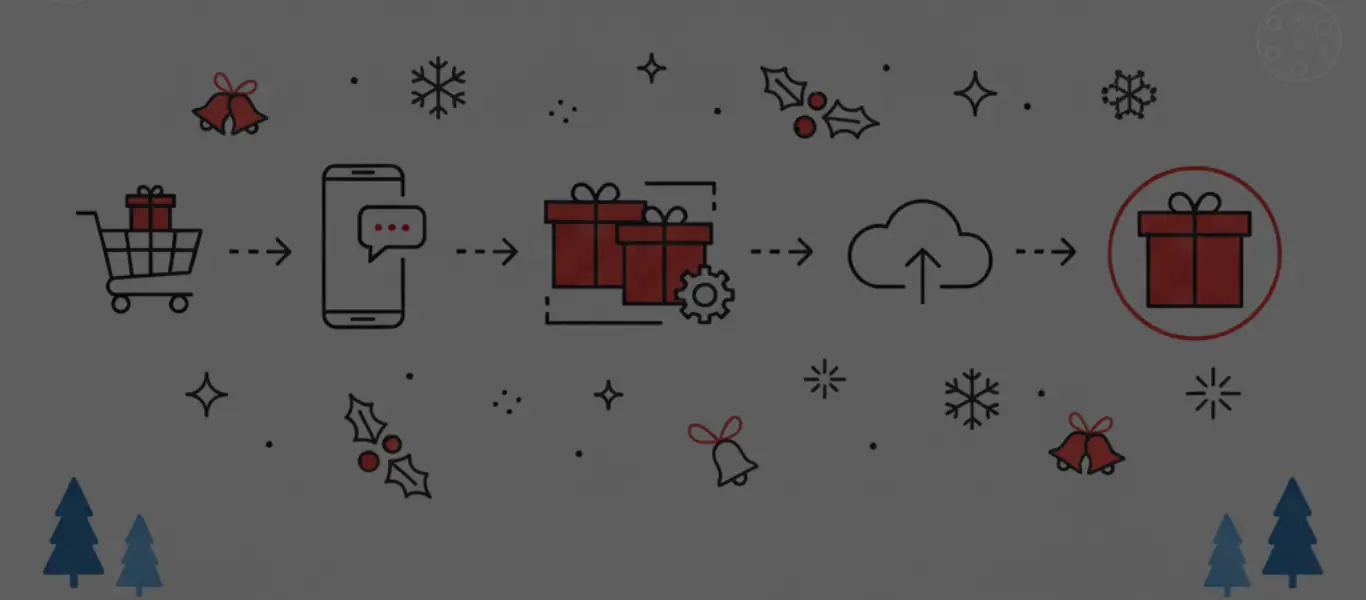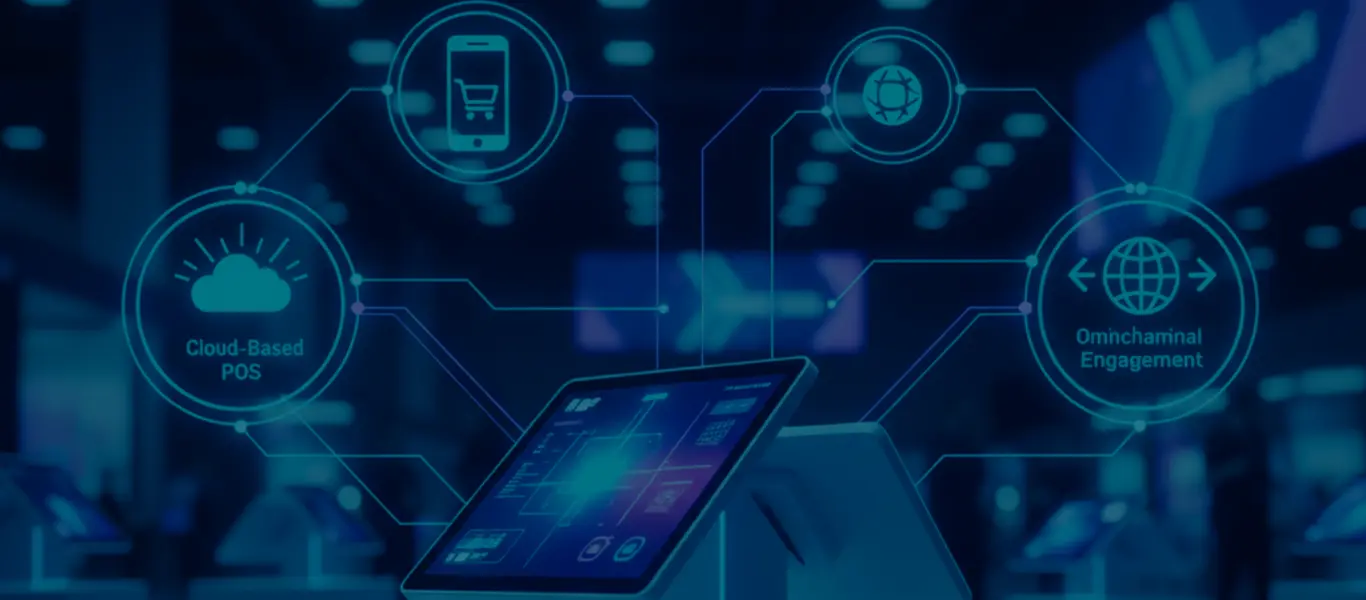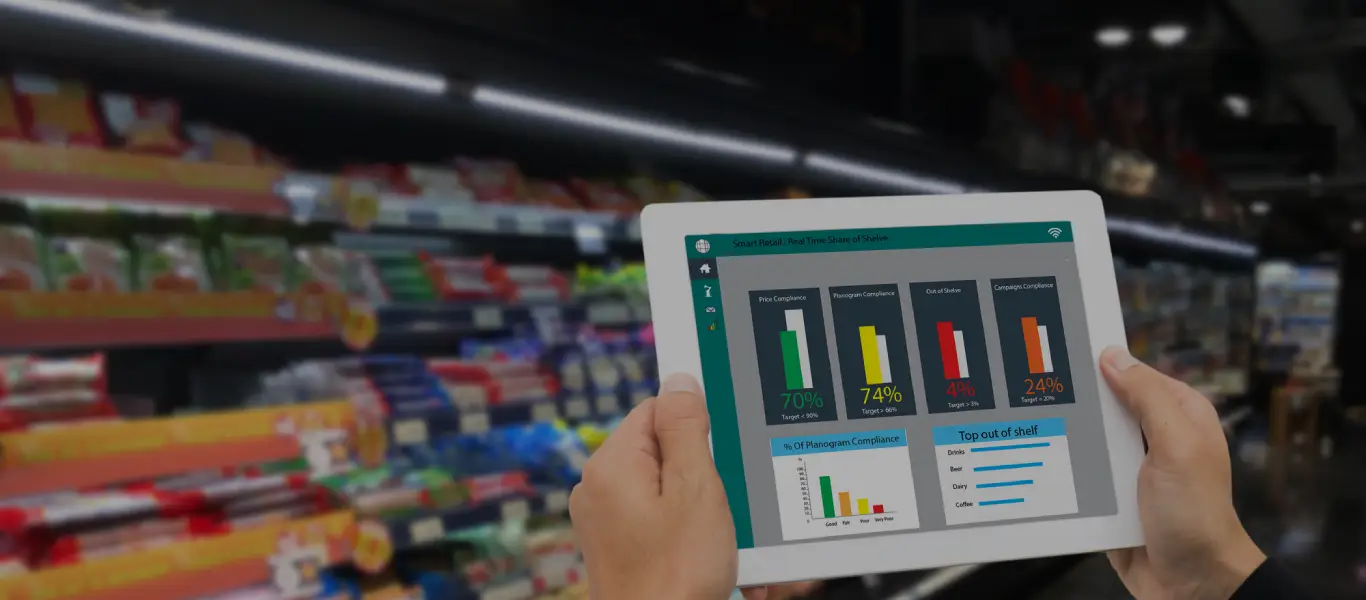The holiday season always puts retail to the test. Traffic surges, shopper expectations rise, and the margin for error gets smaller. In 2025, that pressure is even stronger. Adobe forecasts 253.4 billion dollars in online holiday spending, with 56.1 percent of revenue coming from mobile and nearly seven in ten retail website visits happening on phones. Buy Now, Pay Later spending is projected to reach 19.8 to 20.4 billion dollars, and AI driven traffic is expected to increase 515 to 520 percent year over year.
Consumers are also spreading their purchases across a longer journey. Two thirds of U.S. shoppers plan to begin buying before Black Friday. Value sensitivity remains high, and shoppers are moving between channels faster than ever. The Cyber Five period still matters, but it now sits inside a longer arc of research, discovery, comparison, and final purchase.
The retailers who win this year are the ones who reduce friction, deliver consistency, and make every step feel intuitive.
Cloud and mobile POS become holiday infrastructure
Shoppers do not think about POS systems, but they absolutely feel the impact when those systems slow them down. Cloud-based POS now supports 72 percent of retailers and consolidates real-time performance across locations. Mobile POS is gaining speed, with a projected 55 billion dollar market value and more than 85 percent of mid sized U.S. retailers planning adoption by year end.
This foundation directly improves the holiday experience through:
- Faster line movement with aisle-based checkout
- Improved resilience during traffic surges
- Consistent pricing and inventory across the network
- Flexibility for pop-ups, seasonal locations, and curbside
A strong POS environment is one of the most reliable ways to reduce shopper friction during peak weeks.
Unified commerce shapes the shopper journey
Holiday shopping is no longer linear. Customers research online, check store availability on their phones, buy through apps, pick up curbside, and expect loyalty rewards to apply every step of the way. Unified commerce brings these touchpoints into one system and minimizes the chance of mismatched pricing, unavailable rewards, or inconsistent inventory.
Retailers with unified systems see:
- 9.5 percent higher revenue
- 15 percent faster growth
- Better BOPIS accuracy and faster pickup times
- More reliable cross-channel experiences
When shoppers consolidate purchases into fewer trips, consistency becomes a major conversion driver.
AI and personalization set new expectations
AI is changing how shoppers navigate the holiday season. They use AI driven tools to compare products, explore gift ideas, and check stock from multiple retailers. AI adoption in retail is expected to grow more than 20 percent, and personalization can lift conversions by up to 15 percent.
Consumer signals reinforce this:
- 83 percent say personalized rewards influence whether they return
- 62 percent prefer digital receipts
- Curated recommendations help reduce decision fatigue
The strongest AI experiences are not flashy. They are the ones that help shoppers choose confidently and stay in motion.
Self-checkout, scan and go, and kiosks support speed
Speed is a critical part of the holiday experience. 57 percent of shoppers prefer self-checkout, and more than one-third of retailers plan to expand kiosk usage. Scan and go helps reduce pressure on fixed lanes and frees associates to handle service-based needs.
The stakes are high:
- 86 percent of shoppers have abandoned a purchase because of long lines
- 73 percent will not wait longer than five minutes
- Mobile checkout improves throughput at peak times
Checkout options that remove friction often deliver immediate revenue protection during high traffic days.
Reliability becomes a strategic priority
Holiday performance is directly tied to system reliability. A single POS outage can cost 855 dollars per hour, and enterprise downtime can climb to nearly 9,000 dollars per minute. High traffic amplifies every weakness.
Retailers are focusing on:
- Network redundancy and SD WAN
- Peak load testing before Thanksgiving week
- Improved device monitoring and onsite stability
- Clear action plans for store teams
Reliable systems are one of the strongest levers for preserving shopper trust.
Payments and checkout flexibility shape shopper confidence
Payment choice is playing a bigger role in whether shoppers complete transactions. As mobile traffic increases, customers expect fast, consistent payment options across every channel.
Key signals include:
- Mobile drives more than half of online revenue
- BNPL spending will exceed 19.8 billion dollars
- Digital wallets continue to gain adoption
- Contactless tap to pay remains a preferred in-store method
Reducing friction at checkout often pays off more than increasing holiday promotions.
Inventory visibility and analytics protect the shopper promise
Accurate inventory is one of the strongest indicators of shopper trust. Leading POS and OMS platforms now include built-in analytics, and AI forecasting can reduce supply chain errors by up to 50 percent while cutting lost sales by 65 percent.
Effective inventory systems support:
- Reliable BOPIS and curbside fulfillment
- Lower overselling rates
- Informed staffing and scheduling
- Smarter replenishment for high-demand items
If inventory is reliable, the shopper journey feels reliable.
Small format stores and pop-ups add agility
Retailers are embracing smaller footprints to serve shoppers faster and closer to home. These formats are easier to staff, faster to open, and effective during peak seasons when agility matters.
They work best when retailers:
- Sync pricing, promotions, and inventory with full-line stores
- Equip teams with mobile tools to operate with speed
- Emphasize curated assortments and quick pickup options
The strongest small-format stores feel like natural extensions of the brand, not separate experiences.
Immersive experiences become a differentiator
The holidays are emotional, and retailers are adding lightweight digital enhancements that support better gifting and discovery. Smart store investments are expected to rise 30 percent this year.
Helpful integrations include:
- AR try ons
- QR-linked content that supports in-aisle discovery
- Interactive holiday gift finders
- Clear digital storytelling at the shelf
Shoppers respond not to gimmicks, but to tools that make decisions quicker and easier.
What holiday shoppers want this year
Holiday shoppers in 2025 are balancing convenience, value, and confidence. They are researching earlier, comparing more options, and expecting retailers to keep every step of the journey aligned. When retailers understand these motivations, they can design experiences that feel intuitive instead of complicated.
Shoppers are looking for:
- Earlier buying windows – Many shoppers begin in September or October to manage budgets and secure availability.
- Clear value signals – Value is now a perception of fairness, not just discounts.
- Digital efficiency with human reassurance – Shoppers want the speed of self-checkout and mobile tools, but still want easy access to help when needed.
- Reliable inventory and accurate fulfillment – Shoppers often check stock multiple times before buying. Accuracy is everything.
- Flexible payment options – Digital wallets, BNPL, and contactless options are now baseline expectations.
- Guided, confident discovery – Curated recommendations and simple comparisons help shoppers avoid overwhelm.
The retailers who meet these expectations build trust that carries long past the holidays.
A practical holiday readiness checklist
Holiday readiness is about strengthening the touchpoints that directly influence speed, accuracy, and customer confidence during peak season. The goal is not to overhaul everything, but to focus on the areas with the highest shopper impact.
Infrastructure and stability
- Run peak load tests for POS, OMS, and network performance.
- Validate failover processes and update devices and software ahead of time.
In-store experience
- Use mobile POS and flexible staffing to reduce line pressure.
- Adjust store layouts to remove congestion and improve natural flow.
- Position self-checkout and clear signage to support faster movement.
Omnichannel consistency
- Align pricing, promotions, and loyalty across all channels.
- Simplify returns and ensure BOPIS and curbside flows match real time inventory.
Inventory accuracy and fulfillment
- Improve cycle counts to tighten stock accuracy.
- Forecast top categories with analytics and prepare teams for fast order fulfillment.
Payments and checkout
- Test wallets, tap to pay, and BNPL across devices.
- Remove unnecessary steps from digital checkout journeys.
Staff readiness
- Train associates with realistic holiday scenarios.
- Empower teams with mobile tools and clear problem solving authority.
Digital and mobile experience
- Test mobile site performance under load.
- Simplify navigation and highlight major holiday categories.
Small format and pop-up locations
- Sync inventory, pricing, and loyalty with core systems.
- Train small teams for autonomy, speed, and consistent operations.
This condensed checklist keeps the focus on the essentials that drive performance when the season peaks.
Closing thought
The 2025 holiday season will be shaped by early shoppers, mobile-heavy behavior, AI-assisted discovery, and rising expectations for speed and consistency. Retailers who invest in strong infrastructure, reliable data, flexible checkout, and unified experiences will be positioned to succeed when it matters most.
If you want to talk through your holiday readiness or explore how your retail operations can support a seamless peak season, the SkillNet team is always here to chat.
SkillNet’s Road to NRF 2026 Content Series
Want more insights? Our Road to NRF 2026 content series dives deeper into actionable trends and solution stories. For direct guidance or to see what’s new, meet the SkillNet team at Booth #2607 at NRF 2026, Javits Center, NYC, for a conversation that starts with your goals.
Check out the other two blogs in the series:













